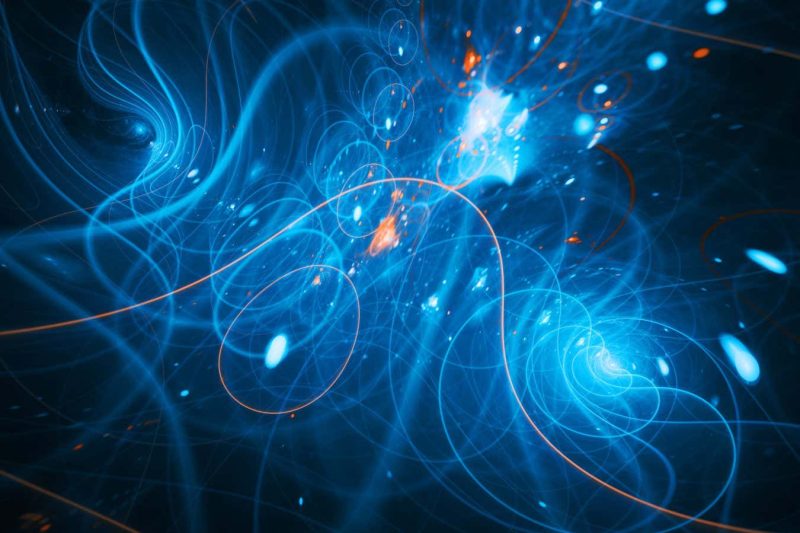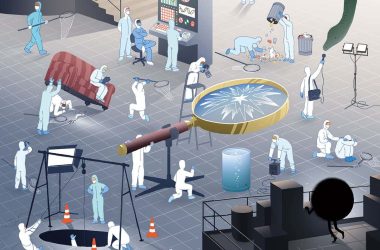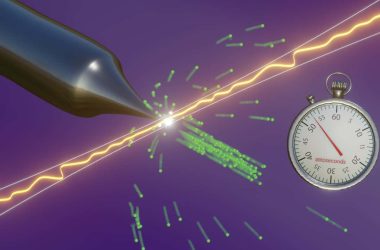Tracking the path of antimatter is a tricky business
sakkmesterke/iStockphoto/Getty Images
If you drop a piece of antimatter, it will fall down to the ground just like regular matter, according to a recent measurement of how gravity affects these peculiar particles. This finding dispels the possibility that antimatter could fall up, as well as any notions of the existence of repulsive matter and antigravity machines. However, there is still some uncertainty in the measurement, leaving room for slight differences between antimatter and regular matter and the potential for new physics to be at play.
According to quantum mechanics, many particles should have counterparts made of antimatter, which are identical in every way except for the opposite electric charge. However, this reversed charge should not affect how gravity influences the particle. According to Albert Einstein’s theory of relativity, all massive particles should move through space in the same way under the influence of gravity. Nonetheless, testing this hypothesis has been challenging because antimatter annihilates upon contact with its opposite particle, making it difficult to produce and store sufficient amounts of antimatter for experimentation.
Now, a team led by Jeffrey Hangst at Aarhus University in Denmark has successfully measured how gravity affects antihydrogen, which consists of an antielectron (positron) and an antiproton. While regular matter on Earth accelerates at a rate of approximately 9.81 meters per second squared, known as g, the team found that antimatter fell at a value between 0.46g and 1.04g, definitively in the downward direction.
“Most people, when they think of antimatter, they think of the science fiction idea that it’ll fall up – we can definitely rule that out,” says Hangst. “But what we cannot rule out is some small difference between the accelerations of matter and antimatter.”
Hangst and his team constructed a series of vertically-stacked chambers to generate and store antihydrogen for their experiment called ALPHA-g, conducted at the CERN particle physics laboratory near Geneva, Switzerland. The chambers are fed with positrons from a radioactive source and antiprotons from a particle accelerator. Both types of antimatter particles are slowed down and maintained at temperatures just above absolute zero. They are then combined in a single chamber, producing around 20 neutral antihydrogen atoms every 4 minutes, which are held in place by powerful magnetic fields.
The researchers gradually released the magnetic fields at the top and bottom of the chamber over 20 seconds and counted the atoms that escaped in both directions. By observing statistical imbalances of more particles escaping towards Earth at the bottom, Hangst and his team were able to determine the precision with which antihydrogen falls towards Earth and conclusively reject the possibility of antimatter repulsion.
“Technologically speaking, it’s truly remarkable,” says Tara Shears at the University of Liverpool, UK. She explains that particle accelerators are typically designed to make particles move as fast as possible, so trapping them at slow enough speeds to measure the effects of gravity is incredibly challenging.
While the study findings establish that antihydrogen falls towards Earth, ruling out the notion that antimatter repels, further experiments such as the AEgIS and GBAR experiments at CERN will continue to shed light on potential subtle differences between matter and antimatter, according to Shears.












